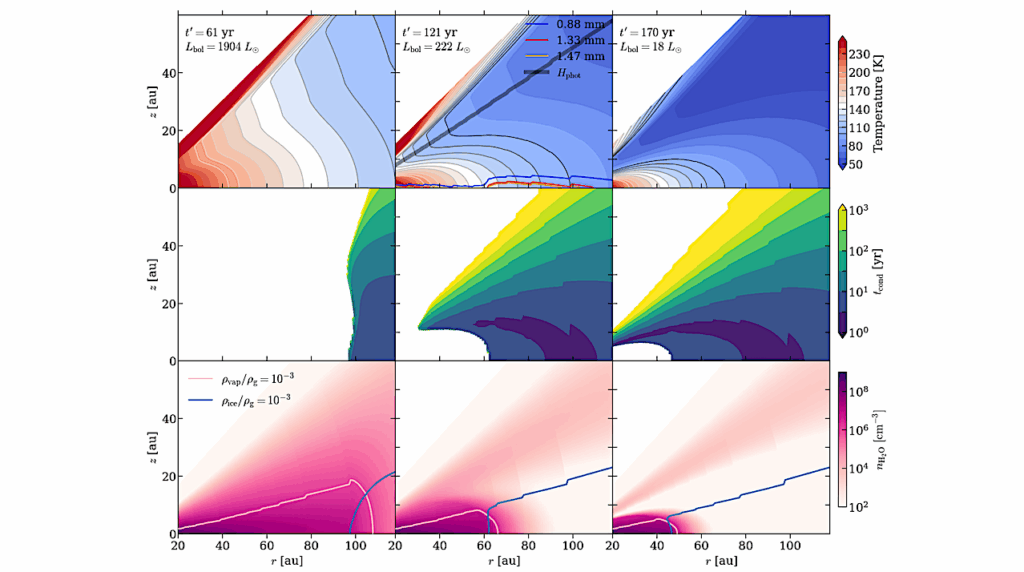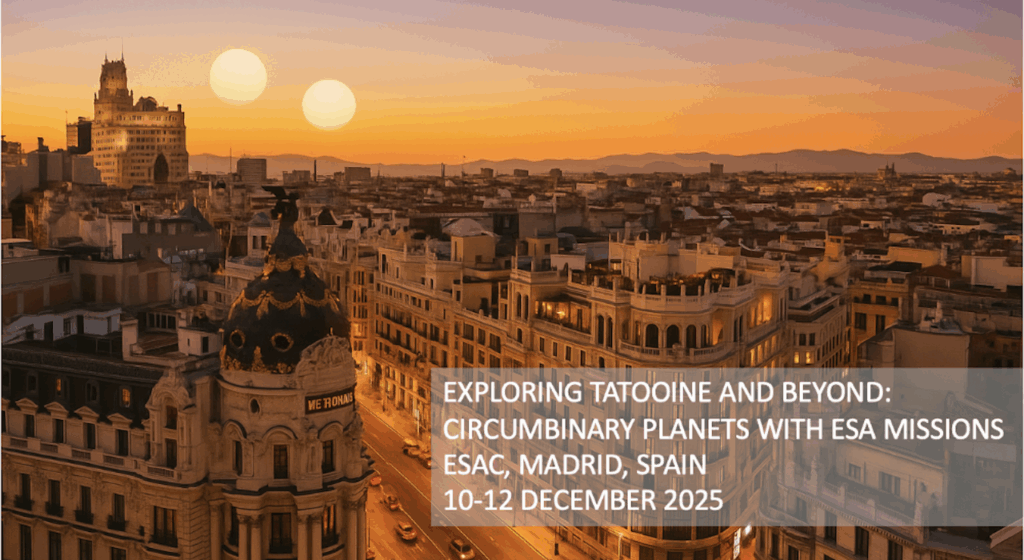Photosynthetic Potential of Planets in 3:2 Spin Orbit Resonances

Photosynthetic life requires sufficient photosynthetically active radiation (PAR) to metabolise. On Earth, plant behaviour, physiology and metabolism are sculpted around the night-day cycle by an endogenous biological circadian clock.
The evolution of life was influenced by the Earth-Sun orbital dynamic, which generates the photo-environment incident on the planetary surface. In this work the unusual photo-environment of an Earth-like planet (ELP) in 3:2 spin orbit resonance is explored. Photo-environments on the ELP are longitudinally differentiated, in addition to differentiations relating to latitude and depth (for aquatic organisms) which are familiar on Earth.
The light environment on such a planet could be compatible with Earth’s photosynthetic life although the threat of atmospheric freeze-out and prolonged periods of darkness would present significant challenges. We emphasise the relationship between the evolution of life on a planetary body with its orbital dynamics.
S.P. Brown, A.J. Mead, D.H. Forgan, J.A. Raven, C.S. Cockell (Submitted on 20 Feb 2014) Comments: 18 pages, 17 figures, accepted for publication in the International Journal of Astrobiology
Subjects: Earth and Planetary Astrophysics (astro-ph.EP)
Cite as: arXiv:1402.5044 [astro-ph.EP] (or arXiv:1402.5044v1 [astro-ph.EP] for this version)
Submission history From: Duncan Forgan Dr [v1] Thu, 20 Feb 2014 15:40:22 GMT (1975kb)








